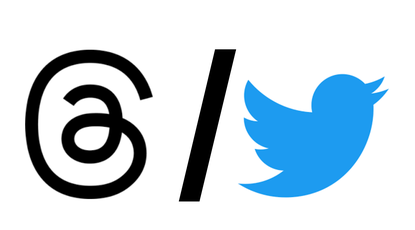-
Litigation finance has grown exponentially, with Big Law firms increasingly embracing third-party funding for lawsuits.
-
The practice helps law firms mitigate financial risk and cater to client demands for innovative fee structures.
-
Firms are using the practice to fund complex, costly cases, especially in areas such as IP, arbitration, antitrust.
Litigation finance, once a niche area, has evolved into a $15.2 billion market, with many of the biggest U.S. law firms now leveraging third-party funding to pay the costs of lawsuits. The industry has gone up exponentially from $9.5 billion five years ago, according to Westfleet Advisors, quoted by Bloomberg Law.
Major Deals
The 200 largest law firms by revenue accounted for more than a third of total capital commitments in two of the past three years, Westfleet found.
Saul Ewing has about four funded matters and does due diligence for multiple litigation funders, marking a significant change from years ago when the firm and the industry as a whole was suspicious of the practice.
Quinn Emanuel Urquhart & Sullivan recently announced a $40 million deal with Longford Capital to finance lawsuits for private equity firms and their portfolio companies.
Why This Matters
-
This allows law firms to take on more financially burdensome cases without bearing the full risk themselves.
-
The model works by securing investment from outside firms, which then receive a return if the lawsuit is successful.
-
This alleviates financial pressures on firms but also aligns with client expectations for flexible fee arrangements and risk-sharing.
Key Areas of Interest
Leading firms, including those in the Am Law 100, have embraced litigation finance to take on complex, high-stakes litigation without draining internal resources. This approach is particularly popular in areas like:
-
patent litigation (which accounted for 19% of new capital commitments last year)
-
antitrust cases
-
international arbitration, especially during expensive, long-duration arbitrations
What’s Next
There should be some clearer guardrails to the practice to prevent any ethical or conflict issues, legal professionals believe. “We see the need to institutionalize some best practices around it,” said Charles Agee, Westfleet chief executive.
-
Casey Grabenstein, a Saul Ewing partner for commercial litigation and co-chair of the firm’s litigation funding group, said funders should be “hands off” on case strategy. “You can run into problems with funders who want to control the terms of settlement,” he said.
-
Shawn Blackburn, a Susman Godfrey partner who has litigation funding behind at least half of his intellectual property cases, said the investor’s return shouldn’t take too much from the patent owner, or else the client may feel they are not getting their due and press for an unnecessary trial rather than take a settlement.
Overall, this trend is expected to continue as more firms and clients become comfortable with the model. The practice “does present opportunities for our clients to bring case that they otherwise couldn’t bring,” Mayer Brown defense partner Michael E. Lackey said. “When used in that form, I find it to be a very useful tool.”








